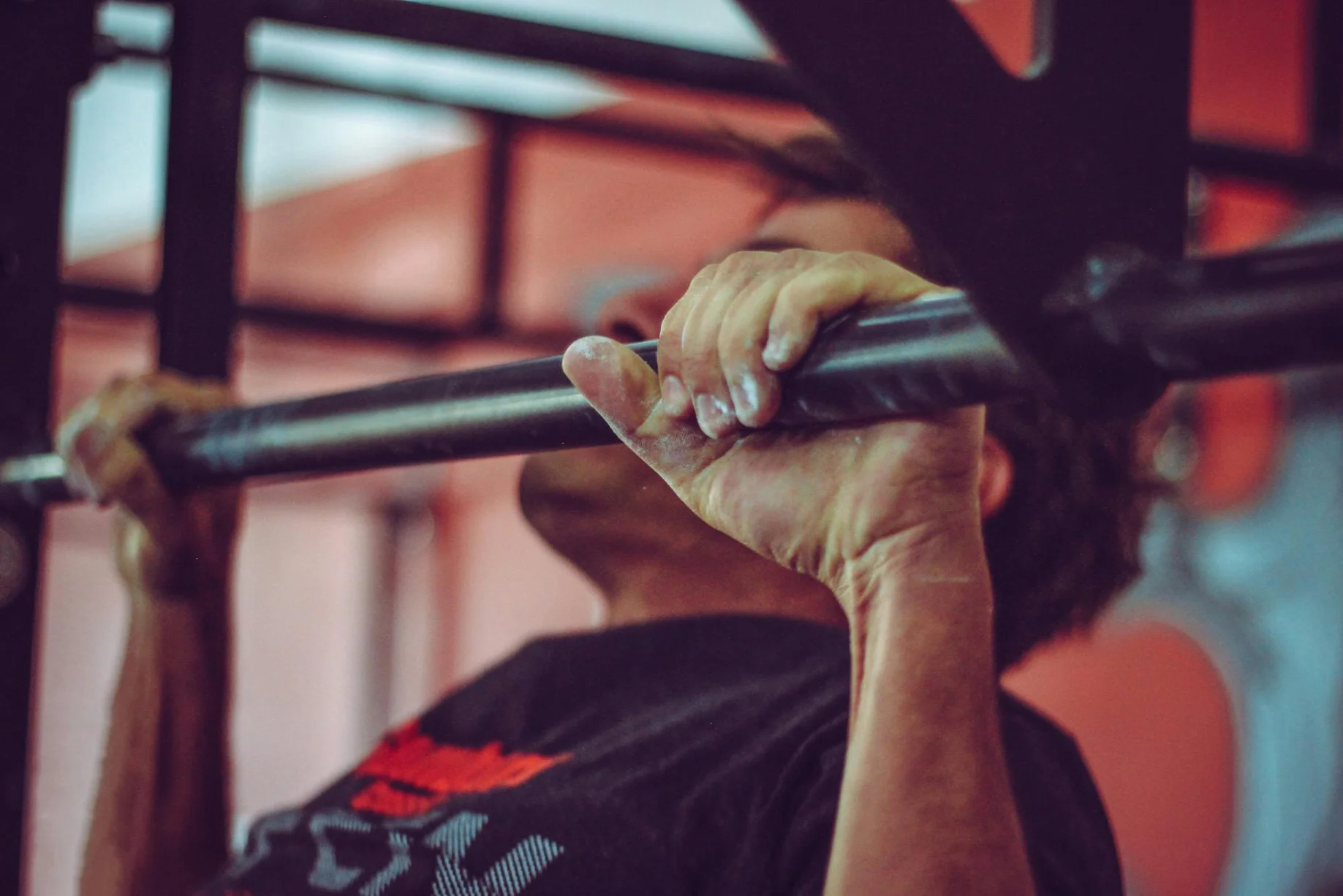
Beginner Calisthenics Workout Plan
Workouts
Beginner Calisthenics Workout Plan
Starting calisthenics can feel overwhelming, there are so many skills you see online, like muscle-ups or handstands, that seem out of reach. But here’s the truth: anyone can get started, even if you’ve never done a push-up. I’m Ed Rocha, a UK-based calisthenics coach, and I’ve helped people from complete beginners to athletes build strength, lose fat, and master their first skills. This guide breaks it all down and gives you a free workout plan to start today.

July 29, 2025

Why Calisthenics Is Perfect for Beginners
Calisthenics is bodyweight training, push-ups, pull-ups, squats, planks. No machines, no heavy weights, just you and gravity. It’s perfect for beginners because:
- You can train anywhere: park, home, or gym
- It scales to your level (wall push-ups to full push-ups)
- It builds strength, mobility, and control all at once
- It supports fat loss when paired with smart nutrition
One client, Sam, started during lockdown doing wall push-ups in his living room. Four months later, he could do 15 clean push-ups and 5 pull-ups, no gym membership required.
The Key Elements of a Calisthenics Workout Plan
To build a balanced body, focus on four movement patterns:
- Push (push-ups, dips)
- Pull (rows, pull-ups)
- Legs (squats, lunges)
- Core (planks, knee tucks)
A good plan trains each area 2–3 times per week. Start simple, build consistency, then progress with harder variations as you get stronger.
“The basics build the body. Nail push-ups, pull-ups and squats, and the skills will come naturally.” – Ed Rocha
The Key Elements of a Calisthenics Workout Plan
To build a balanced body, focus on four movement patterns:
- Push (push-ups, dips)
- Pull (rows, pull-ups)
- Legs (squats, lunges)
- Core (planks, knee tucks)
A good plan trains each area 2–3 times per week. Start simple, build consistency, then progress with harder variations as you get stronger.
Free Beginner Calisthenics Routine
Here’s a routine you can start today, no equipment needed. Do this 2–3 times per week with a day of rest in between.
Circuit (3–4 rounds):
- Incline Push-Ups – 10–12 reps
- Bodyweight Squats – 15 reps
- Doorway Rows or Wall Pulls – 8–10 reps
- Knee Tucks (on a chair or floor) – 12–15 reps
- Plank – Hold 30 seconds
Progression Tip: When 3–4 rounds feel easy, increase reps or switch to harder variations (regular push-ups, Australian rows, lunges).
Want more structure? Download my free beginner, intermediate and advanced workouts to follow a clear weekly plan.

Squats for Fat Loss (And Why They Work)
Squats are one of the best moves for fat loss because they work multiple muscles at once, legs, glutes, and core. More muscle involvement means higher calorie burn.
Form tips:
- Keep feet shoulder-width apart, toes slightly out
- Sit back as if into a chair, keep chest up
- Go as low as you can while staying comfortable
- Drive through heels to stand up
For beginners, bodyweight squats are enough. As you get stronger, add pauses or single-leg work like lunges to progress.
Online Calisthenics Coaching vs Going Solo
You can learn on your own using free resources, and I give plenty away. But most people hit plateaus without feedback or structure. That’s where online coaching helps:
- Personalised progressions based on your level
- Weekly check-ins and form feedback
- Clear next steps when you’re ready to level up
I coach people across the UK online, so even if you’re nowhere near my local park sessions, you can still get the same guidance and results.

Calisthenics Personal Training (In-Person Options)
If you prefer face-to-face training, I also coach in person at outdoor parks and private setups across the UK. This works well if you want:
- Hands-on form correction
- A structured progression plan
- Extra accountability to show up and train
Clients often start in online, then switch to inperson once they’ve mastered the basics and want flexibility.
FAQs: Starting a Calisthenics Workout Plan
Can I lose fat with calisthenics?
Yes, when paired with good nutrition, high-rep bodyweight training helps burn calories and preserve muscle.
Do I need equipment?
Not at first. A doorway or park bar is handy later for pull-ups.
How many times should I train each week?
2–3 times is ideal for beginners. Consistency matters more than daily training.
How long to see results?
Most beginners notice strength gains in 4–6 weeks and visible changes in 8–12 weeks.
“Most people think they need to get fit before they start calisthenics, the truth is, starting calisthenics is how you get fit.” – Ed Rocha
Ready to Start? Get Your Free Workout Plan
If you’re serious about starting calisthenics, stop scrolling YouTube and start with a plan that actually works. My free beginner-to-advanced workouts give you a clear path, and if you want extra guidance, I offer both online calisthenics coaching and in-person training in the UK.
Download my free beginner, intermediate and advanced workouts or book a free chat to see how we can get you moving the right way.


%402x.svg)